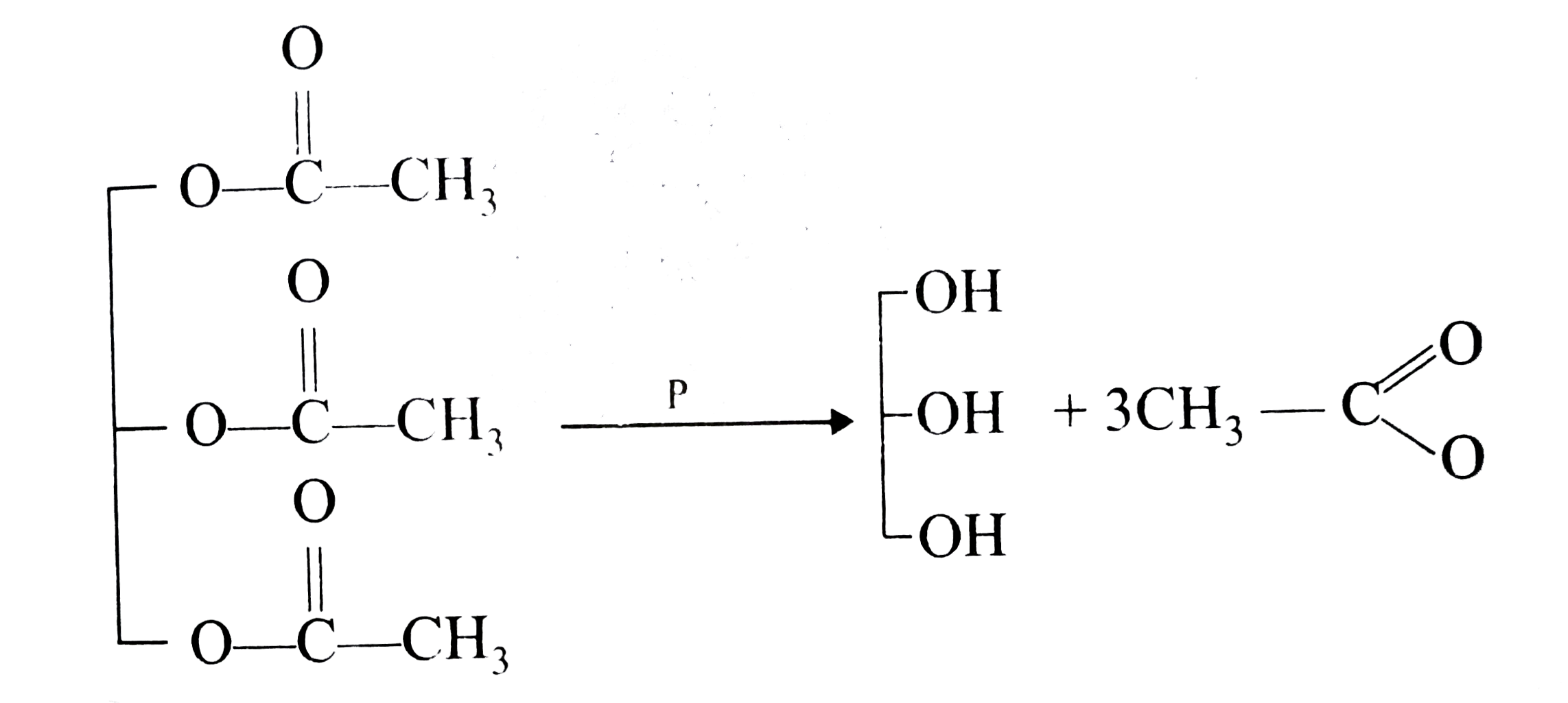A limiting reagent is the reactant which gets completely ..........during the reaction.
The correct Answer is:consumed
Step-by-Step Text Solution:
1. Understanding the Concept of Limiting Reagent:
- A limiting reagent (or limiting reactant) is the substance that is completely consumed when the chemical reaction goes to completion. This means that it limits the amount of product that can be formed because once this reactant is used up, the reaction stops.
2. Filling in the Blank:
- The question states: "A limiting reagent is the reactant which gets completely __________ during the reaction."
- The appropriate word to fill in the blank is "consumed."
3. Example for Clarification:
- Consider the reaction between nitrogen (N₂) and hydrogen (H₂) to form ammonia (NH₃):
N2+3H2→2NH3
- According to stoichiometry, 1 mole of nitrogen reacts with 3 moles of hydrogen.
4. Given Amounts:
- Suppose we have 1 mole of nitrogen and 2 moles of hydrogen.
- From stoichiometry, to completely react with 1 mole of nitrogen, we need 3 moles of hydrogen. However, we only have 2 moles of hydrogen available.
5. Determining the Limiting Reagent:
- Since we need 3 moles of hydrogen but only have 2, hydrogen is the limiting reagent.
- The nitrogen will not be completely consumed because there is not enough hydrogen to react with it.
6. Conclusion:
- Therefore, in this reaction, hydrogen is the limiting reagent because it is completely consumed, while some nitrogen will remain unreacted.
Final Answer:
A limiting reagent is the reactant which gets completely consumed during the reaction.
---
- A limiting reagent (or limiting reactant) is the substance that is completely consumed when the chemical reaction goes to completion. This means that it limits the amount of product that can be formed because once this reactant is used up, the reaction stops.
- The question states: "A limiting reagent is the reactant which gets completely __________ during the reaction."
- The appropriate word to fill in the blank is "consumed."
- Consider the reaction between nitrogen (N₂) and hydrogen (H₂) to form ammonia (NH₃):
N2+3H2→2NH3
- According to stoichiometry, 1 mole of nitrogen reacts with 3 moles of hydrogen.
- Suppose we have 1 mole of nitrogen and 2 moles of hydrogen.
- From stoichiometry, to completely react with 1 mole of nitrogen, we need 3 moles of hydrogen. However, we only have 2 moles of hydrogen available.
- Since we need 3 moles of hydrogen but only have 2, hydrogen is the limiting reagent.
- The nitrogen will not be completely consumed because there is not enough hydrogen to react with it.
- Therefore, in this reaction, hydrogen is the limiting reagent because it is completely consumed, while some nitrogen will remain unreacted.
A limiting reagent is the reactant which gets completely consumed during the reaction.
Topper's Solved these Questions
- BOOK - ICSECHAPTER - SOME BASIC CONCEPTS OF CHEMISTRY EXERCISE - ASSERTION-REASON TYPE QUESTIONS5videos
SOME BASIC CONCEPTS OF CHEMISTRY
- BOOK - ICSECHAPTER - SOME BASIC CONCEPTS OF CHEMISTRY EXERCISE - NUMERICAL PROBLEMS25videos
SOME BASIC CONCEPTS OF CHEMISTRY
- BOOK - ICSECHAPTER - SOME BASIC CONCEPTS OF CHEMISTRY EXERCISE - TRUE OR FALSE TYPE QUESTIONS10videos
SOME BASIC CONCEPTS OF CHEMISTRY
- BOOK - ICSECHAPTER - SELF ASSESSMENT PAPER 2EXERCISE - Questions62videos
SELF ASSESSMENT PAPER 2
- BOOK - ICSECHAPTER - SOME P-BLOCK ELEMENTS EXERCISE - NCERT TEXTBOOK EXERCISES (With Hints and Solutions)63videos
SOME P-BLOCK ELEMENTS
Similar Questions
Knowledge Check
- Question 1 - Select One
 reagent are used for the reaction :ALiAlH4BH2/NiCNaBH4DH2,Pd−BaSO4
reagent are used for the reaction :ALiAlH4BH2/NiCNaBH4DH2,Pd−BaSO4 - Question 2 - Select One
 , Reactant (A) in this reaction is :A
, Reactant (A) in this reaction is :A B
B C
C Dboth (b) and ©
Dboth (b) and © - Question 3 - Select One
The reactant which is entirely consumed in reaction is known as limiting reagent. In the reaction 2A+4B→3C+4D, when 5 moles of A react with 6 moles of B, then
(a) which is the limiting reagent?
(b) calculate the amount of C formed?AC, 4.5 molBB, 4.5 molCB, 3.5 molDC, 4.0 mol

Reagent for the above reaction will be:View SolutionLimiting reagent in a chemical reaction is that reactant which
View SolutionIn the reaction

Reagent X isView SolutionThe reactant which is entirely consumed in reaction is known as limiting reagent. In the reaction 2A+4B→3C+4D, when 5 moles of A react with 6 moles of B, then
(a) which is the limiting reagent?
(b) calculate the amount of C formed?View SolutionHow much magnesium sulphide can be obtained from 2.00g of Mg and 2.00g of S by the reaction.
Mg+S→MgS. Which is the limiting reagent? Calculate the amount of one of the reactants which remains unreacted?View Solution



 .
.